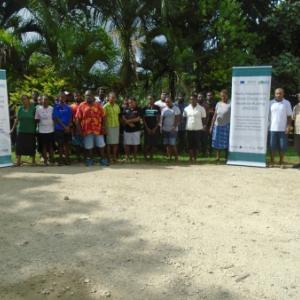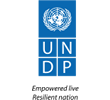Project Overview
One of the major environmental problems in Vanuatu is land-use change and poor land management practices that result in a deterioration in biodiversity, land degradation and carbon dioxide emissions. The consequences of these activities can be seen most clearly in the loss of forest cover and, more importantly, forest degradation which then leads to increased soil erosion, pollutions of watercourses, and coastal siltation that damages reefs along with other marine resources and biodiversity.
Land use change also has an important impact on biodiversity, when areas of high biodiversity are cleared for pasture or crops. Vanuatu has a relatively low proportion of land in terrestrial protected areas and a number of important ecosystems are either absent or only minimally covered by the current protected are network. In production landscapes, current farming and forest harvesting practices also have detrimental impacts on the biodiversity in these areas.
Coastal erosion is another problem, often due to development and over-fishing or other unsustainable fishing practices are also a problem in some locations. Many communities have expressed interest in creating locally controlled and managed protected areas, but have to balance their desire for conservation against their needs for food security.






